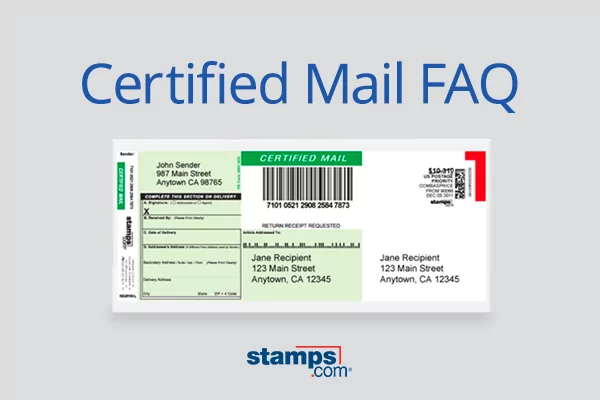
The Court justified the use of the USPS Tracking data as follows: That system did not show an entry for the document until two days after the final date for filing, so the Court determined, based on the evidence, that the item had not been timely filed. The Tax Court looked to the U.S Postal Service’s Tracking system to determine when the document was mailed. The Tax Court, interestingly enough, did not take the IRS up on that view-but what the Court did failed to help the taxpayer either (though it might help other taxpayers facing an IRS challenge to their timely mailing of a document). 301.7502-1(c)(2) which generally provides that in such a case the document will be deemed mailed by looking at the date it was delivered and then determining, based on when such mail would normally be delivered as compared to its mailing date, backing into the date of mailing. Postal Service postmark, the date of filing should be determined via Reg. The IRS argued that, based on the fact that there was no U.S. Rather, only the date (which reflected the date the postage was purchased) was found on the envelope-the normal treatment for mailing using such third party postage options. Nor was the document actually postmarked by the U.S. In this case, although we do not know exactly how the document made its way to the postal system, we do know the document was not presented to a U.S. If the document contains sufficient postage and the correct paperwork for certified mail, it can simply be deposited into a mailbox or handed to a USPS Postal carrier. It is certainly possible to mail a document via certified mail in a manner other than by handing it to a USPS employee at a post office. Accordingly, the risk that the document or payment will not be postmarked on the day that it is deposited in the mail may be eliminated by the use of registered or certified mail. postmark on the receipt is treated as the postmark date of the document or payment. certified mail and the sender's receipt is postmarked by the postal employee to whom the document or payment is presented, the date of the U.S.

If the document or payment is sent by U.S. Rather, certified mail will serve as proof of timely filing only if the following conditions are met: That’s not itself a problem except that the rules regarding “timely filing” provide protection not simply for filing by certified mail. So far all appears well, except the attorney used an online postage service () to print the certified mail postage and supporting documents.

The petition was sent to the IRS via certified mail. Commissioner, TC Memo 2015-188 prepared the petition for the taxpayer’s Tax Court case on the last day for the petition to be filed. The attorney for the taxpayer in the case of Tilden v.


 0 kommentar(er)
0 kommentar(er)
